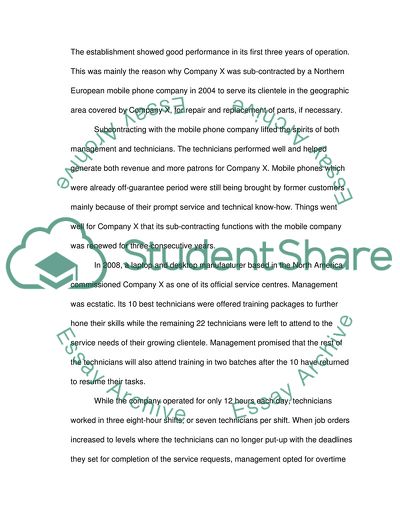Cite this document
(The Importance of Using Market Research in the Development of Market Paper - 1, n.d.)
The Importance of Using Market Research in the Development of Market Paper - 1. Retrieved from https://studentshare.org/marketing/1750236-lbsmk-2004-services-marketing-personal-evaluation-project-pep
The Importance of Using Market Research in the Development of Market Paper - 1. Retrieved from https://studentshare.org/marketing/1750236-lbsmk-2004-services-marketing-personal-evaluation-project-pep
(The Importance of Using Market Research in the Development of Market Paper - 1)
The Importance of Using Market Research in the Development of Market Paper - 1. https://studentshare.org/marketing/1750236-lbsmk-2004-services-marketing-personal-evaluation-project-pep.
The Importance of Using Market Research in the Development of Market Paper - 1. https://studentshare.org/marketing/1750236-lbsmk-2004-services-marketing-personal-evaluation-project-pep.
“The Importance of Using Market Research in the Development of Market Paper - 1”, n.d. https://studentshare.org/marketing/1750236-lbsmk-2004-services-marketing-personal-evaluation-project-pep.


